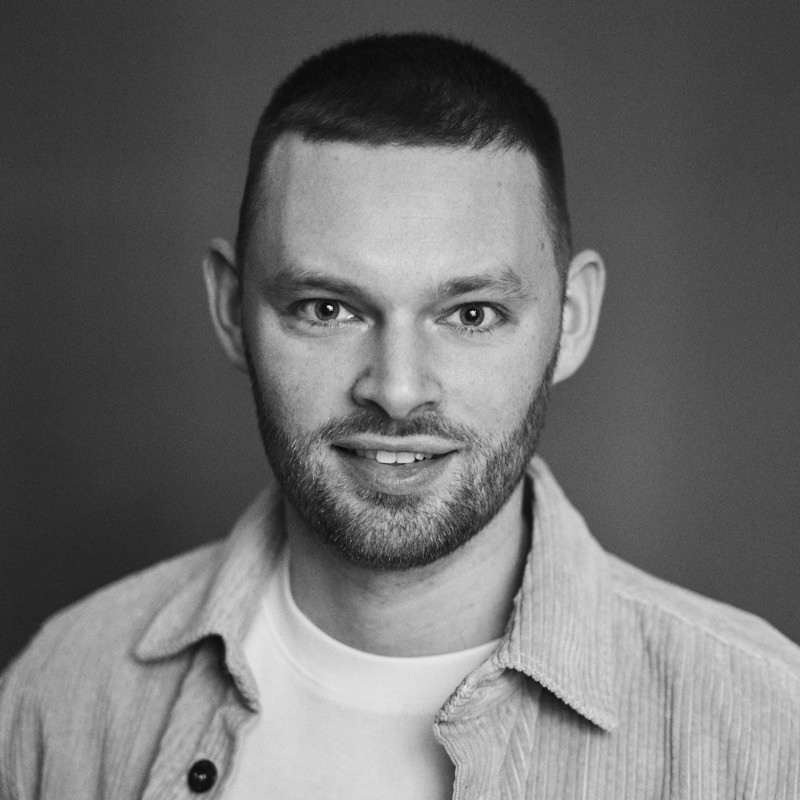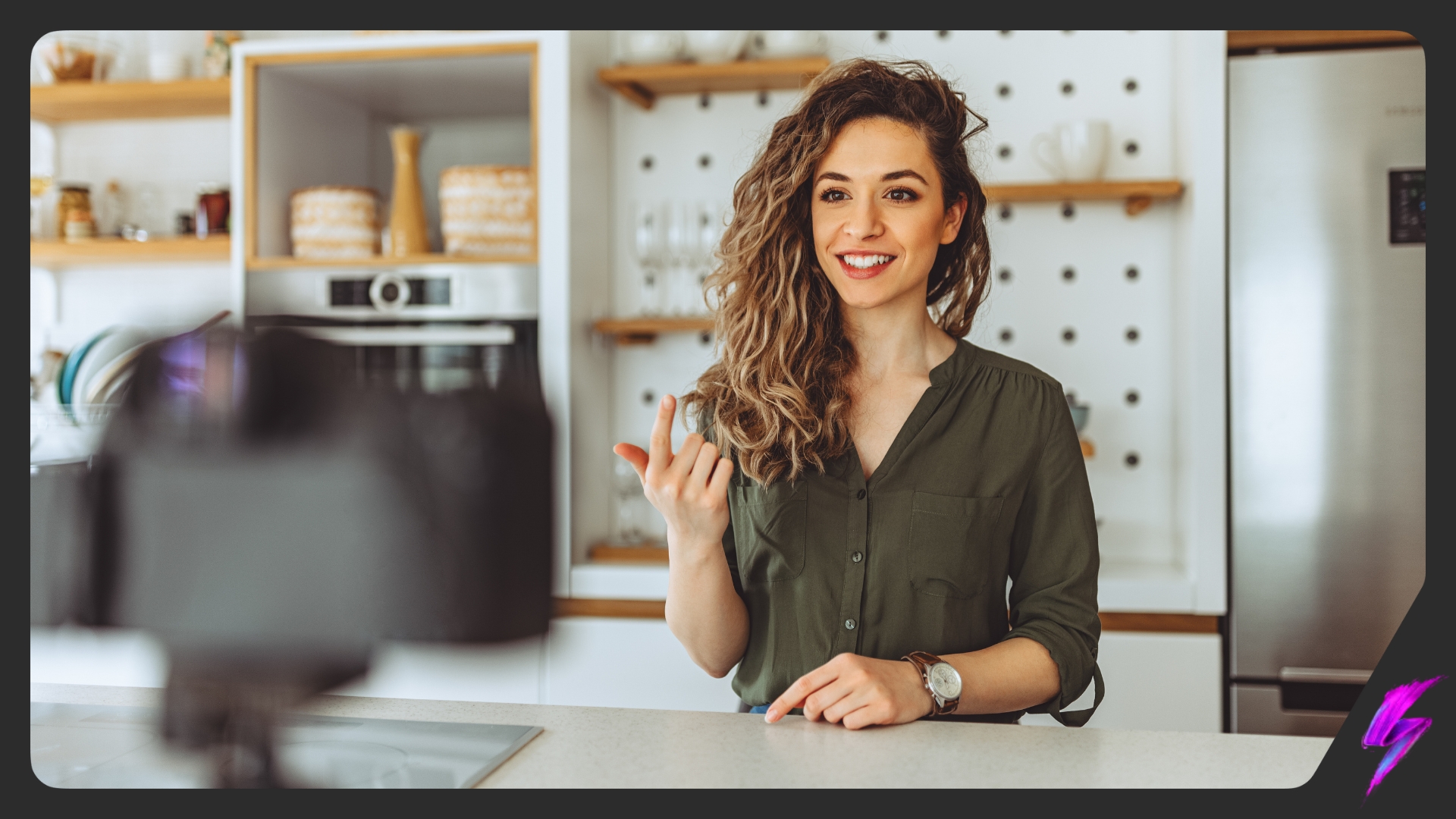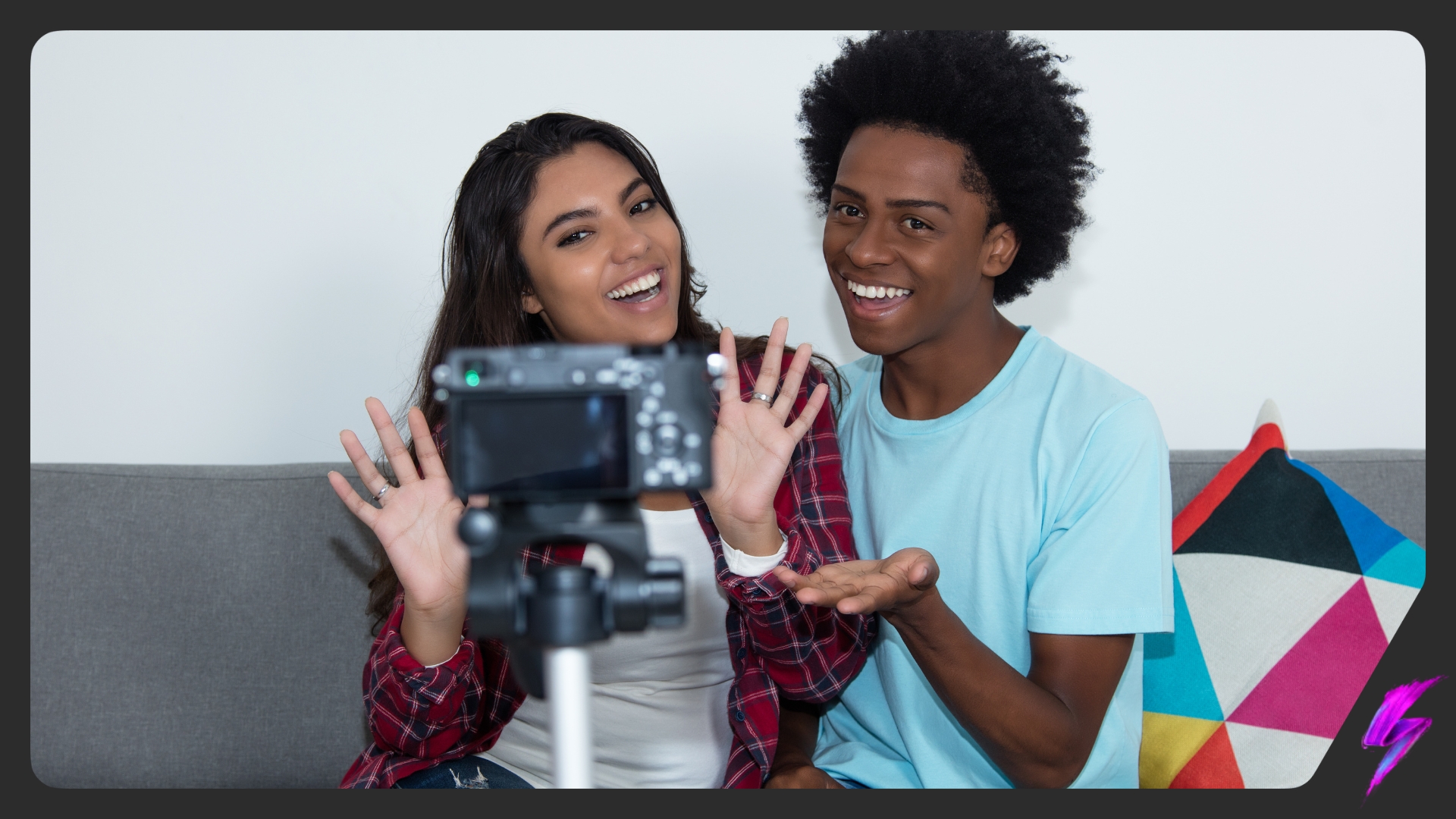What Is Content Distribution And How Is It Done Right?
Oct 08, 2020
Social Media Marketing News
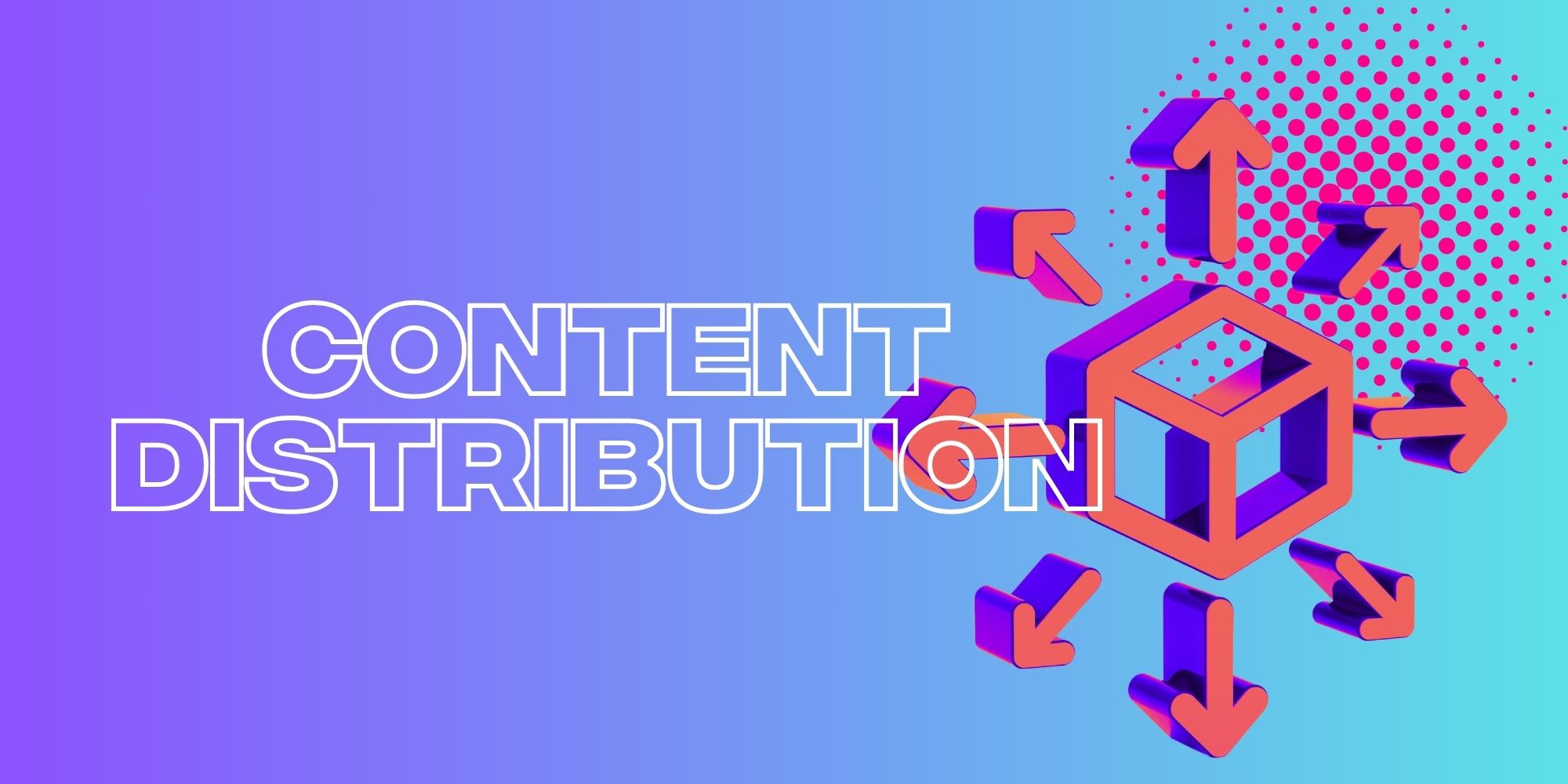
Content, in general, is essential when it comes to modern day marketing and brand-building. If you want your content to fall into the laps of the right people, you’ll need to have a content distribution plan. But what exactly does this entail?
Content distribution is essentially the process of individuals or businesses publishing and promoting their information across various different media channels and formats.
Content can be distributed on social media channels, a personal website, ads, email newsletters, and much more. Content distribution is highly important, as it provides the opportunity for you to share your content to a wide audience, prompting mass consumption, and thus could generate sales leads.
If you’re not an already established, mainstream brand, it will be impossible to reach your intended audience without undergoing content distribution. Content distribution makes your brand known to your target audience and at the right time.
THE THREE MAIN CONTENT DISTRIBUTION CHANNELS
There are three main content distribution channels. Owned, earned and paid – which all need to be understood respectively in order to form a content distribution plan.
Owned Channels

Owned channels are the channels that your brand has full control over when it comes to content distribution. You can decide what your publishing content is and how it is shared among others. There are multiple different types of owned channels, namely:
Your personal website, which includes your home page, about page, articles and other personal links.
A personal blog
Your personal podcast, which can be hosted on platforms like YouTube, Twitch, Spotify, or Google Podcasts.
Your personal email address which can be used as a marketing channel through email marketing messages.
Social media channels that give you ownership rights to your content such as YouTube and Instagram
Educational online content such as eBooks, Webinars (on Zoom, Google Meet or Microsoft Teams), and How-To videos.
Owned channels are important to brands as they allow you to fully establish your own brand rules on your own platform. This paints an accurate picture of what your brand is trying to achieve and portray without having to spend any additional money other than more personalized maintenance costs (such as paying for a personal email address or website link).
Earned Channels
Earned channels cannot be controlled by yourself or your organization.
This type of content distribution is created and published by a third party. However, this content is relevant to your brand as third parties refer to your brand either by text, voice or imagery.
Earned content is important to have as it resembles the relevance of your brand in the media and means more leads will be generated in general.
These include:
Mentions, shares, and user-generated content (UGC). This type of content created by third parties can give companies creative ideas of how to repurpose their brand and cater further to their audience’s needs. By acknowledging UGC or netizens discussing your brand, you can foster an ongoing relationship with them to ensure they are continually consuming your brand.
@glossier @Michaela demos how to get light or medium coverage with Stretch Fluid Foundation! ➰ Michaela wears Stretch Fluid Foundation in shade Medium Tan 2. #glossier #stretchfluidfoundation #foundationhack #basemakeup
Backlinks – essentially used in everyday browsing, is when one website links to another with an anchor text. When a third party uses a backlink that links to your brand, it provides more visibility to it.
Blog features and media coverage – Blogs and articles could mention your brand name. Positive product and/or service reviews and your product or service being included in “best-of-class” lists in media articles all encompass successful earned content distribution.
Paid Channels
Paid content distribution channels oblige that you pay to promote your content for increased visibility. Some of these channels are native to the platform you’ll already be promoting on with owned content, such as Twitter, Facebook or Instagram.
Google also incorporates ad links on their search engine which can help boost owned content (such as your website). Paid channels are significant in brand boosting, as they allow your brand to reach audiences that have not heard of your brand before. Ultimately, people will consume what they are massively exposed to, and enough paid advertising will make a brand known to the masses if it meets everyday people’s needs.
Paid channels include:
Ads – These are either pay-per-click (PPC) or pay-per-impression (PPM). Every time a user interacts with or views your ad, you pay. Google Ads, for example, is one of the most popular paid content distribution channels.
Here you can see the Baileys ad integrated with usual Pinterest content.
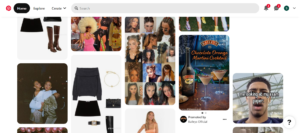
Boosted social posts – You pay to amplify the reach of your organic social content on social media platforms, as aforementioned.
Influencer marketing – You can search for influencers across multiple different social media platforms who align with your brand’s target audience and pay them to create content about your brand, either on their channel, your channel, or both. This can be either static or video content. Video content distribution is particularly great for brands marketing dynamic products such as kitchenware machines.
Sponsored content or paid UGC – Slightly different from influencer marketing, you’re resharing content that’s already been created, but it is boosted.
CONTENT DISTRIBUTION MARKETING STRATEGY
If you aspire to create a successful content distribution strategy, here are some successful tips to get you started.
Research your target audience:
To understand how to effectively distribute your content, start by analyzing your audience and their preferences to discover what their platform preferences are for content consumption.
In general, you can use the internet to find demographic data and statistics about your audience’s social media habits.
Choose your media channels to distribute content:
Based on the above information, you can appropriately pick your content distribution platform – whether this is owned, earned or paid.
The biggest brands incorporate all three, but when you’re starting out, you’re better off prioritizing one.
When deciding on a channel, review the historical performance of your campaigns and content types, and assess the metrics on those channels, such as their effectiveness and cost.
Also revisit the channels that you were most successful with on certain past campaigns when dissecting audience data. Not all campaigns will generate sales traffic despite going viral, and not all campaigns are successful on each social media platform.
Promote existing assets:
Assess what assets you already have. You can conduct a content audit to see if you have existing content ready for distribution rather than creating new content.
Track KPIs:
Create clear goals of what you want your content to achieve in terms of statistical output. This could be downloads, bounce rate, click-through-rate, organic search views, likes, comments, etc. Depending on your business, select the right KPIs.
Have a clear promotional message:
Be clear about what your content is trying to portray. Your audience will struggle to align with your business if there’s not a clear marketing strategy that aligns with their interests.
Measure the ongoing performance of your content:
To collect the data, you can use Google Analytics, and the native analytics of social media platforms. You will be able to make sophisticated decisions on changing channels, redefining high-performing assets, and boosting your strategy in general by continually analyzing the performance of your content.
Our Influencer marketing agency and Social agency are located worldwide, with our agency network based in the USA, UK, UAE and China.
If you want to receive our industry insights, visit our Influencer Marketing & Social Media blogs here.
[cta]
Popular Blogs
Most Popular Instagram Hashtags | Tiktok Hashtags | Instagram Monetization | Facebook Banner Size | Snapchat Influencers | Most Subscribed Youtubers | Best Time to Post on Youtube | UK Twitch Streamers | Female Twitch Streamers | Popular Tiktok Songs | Male Tiktok Influencers | Lgbtq Tiktok Influencers | The Rise and Fall of Clubhouse | Influencer Marketing on Clubhouse | LiketoKnowit | Pretty Little Thing Instagram| Social Marketing Agency
Social And Influencer Marketing News + Insights
Get in touch
We'll show you how to start powerful conversation, drive social engagement, build your brand, hit sales targets or meet other goals you have, wherever you are in the world.
Work with us